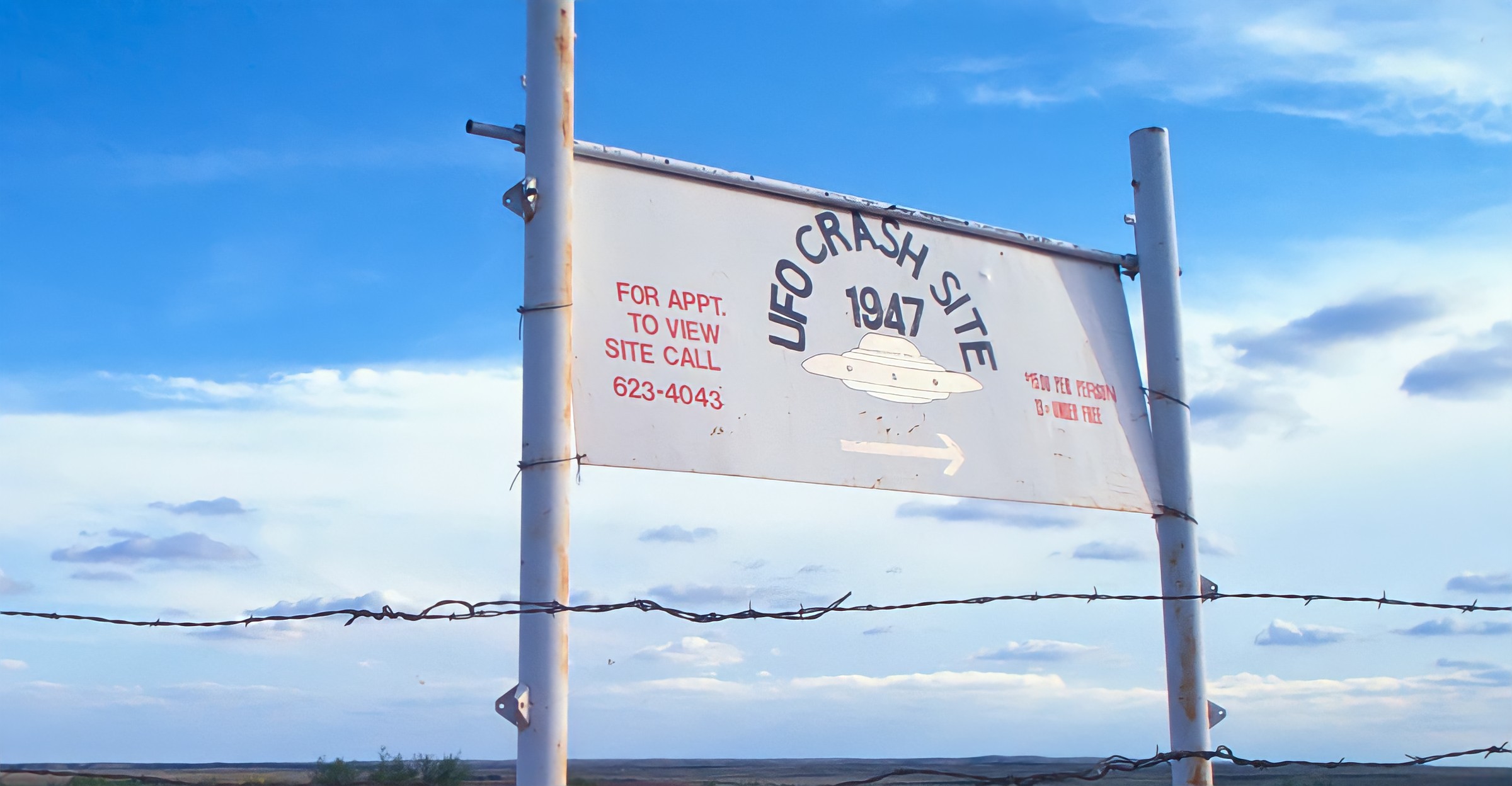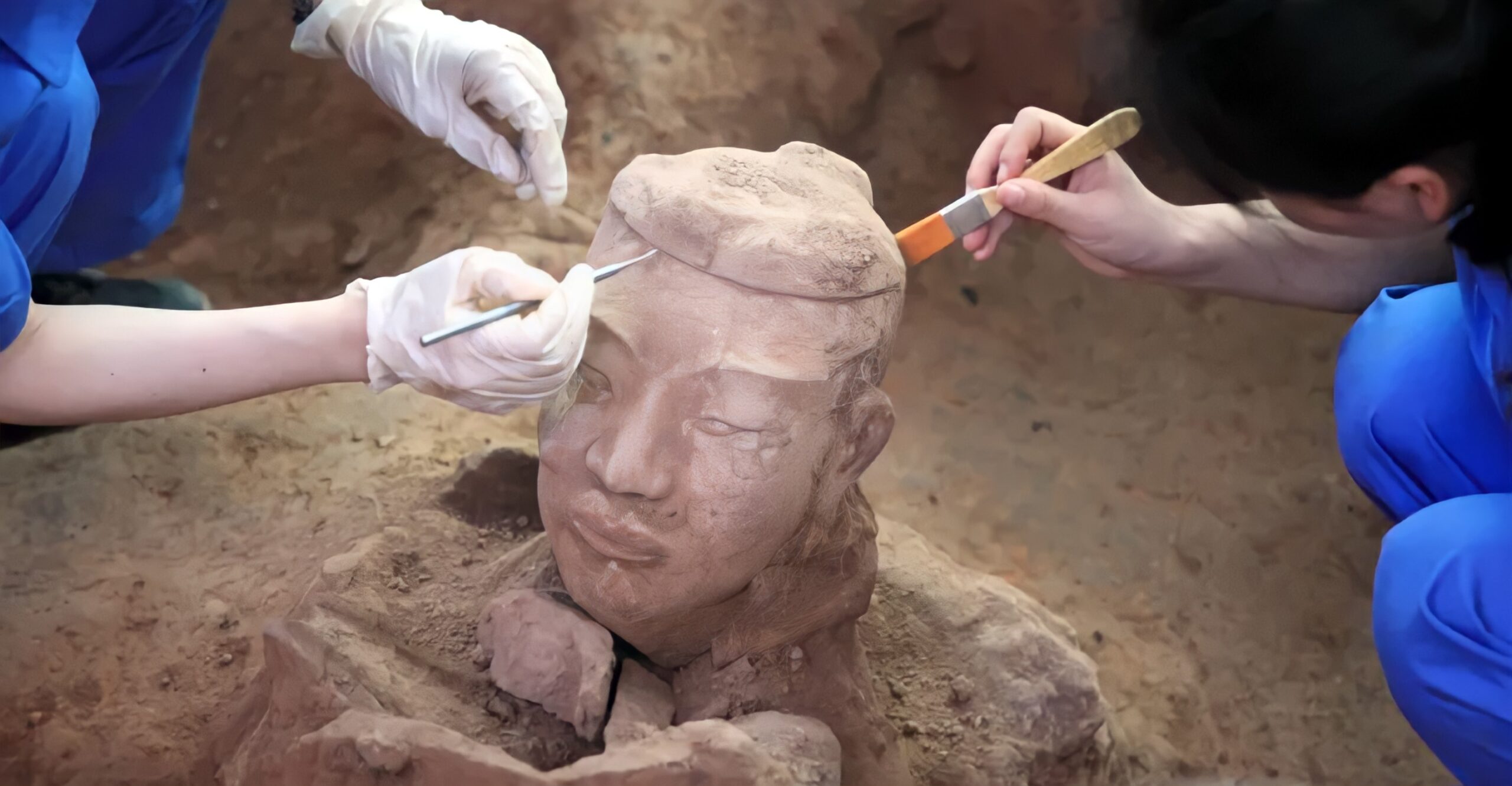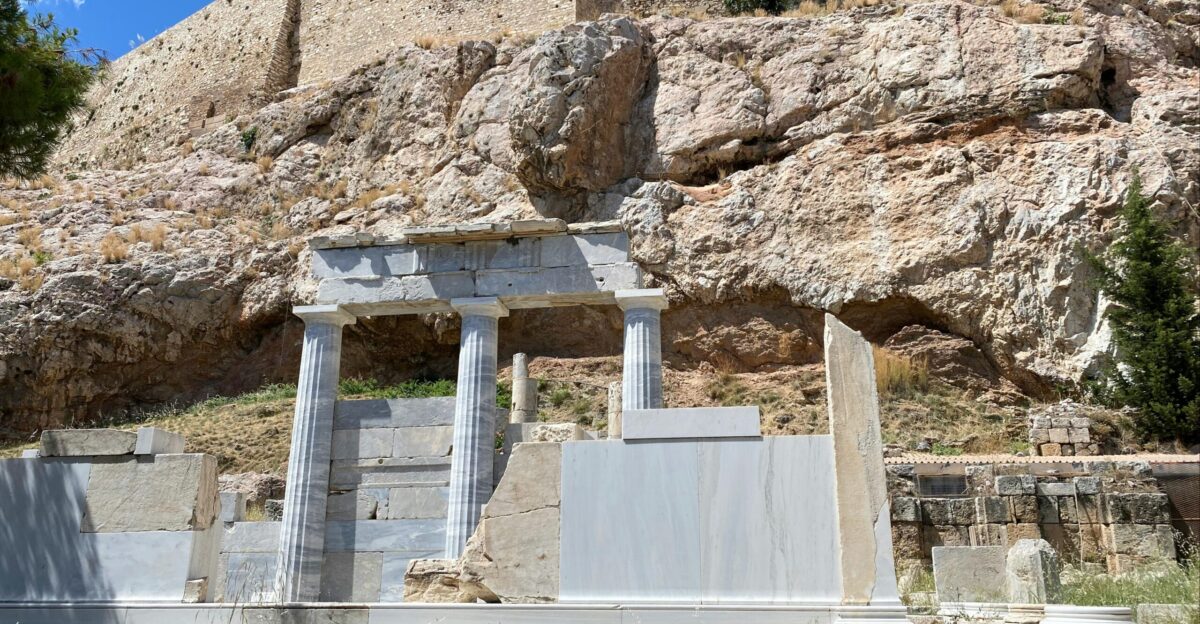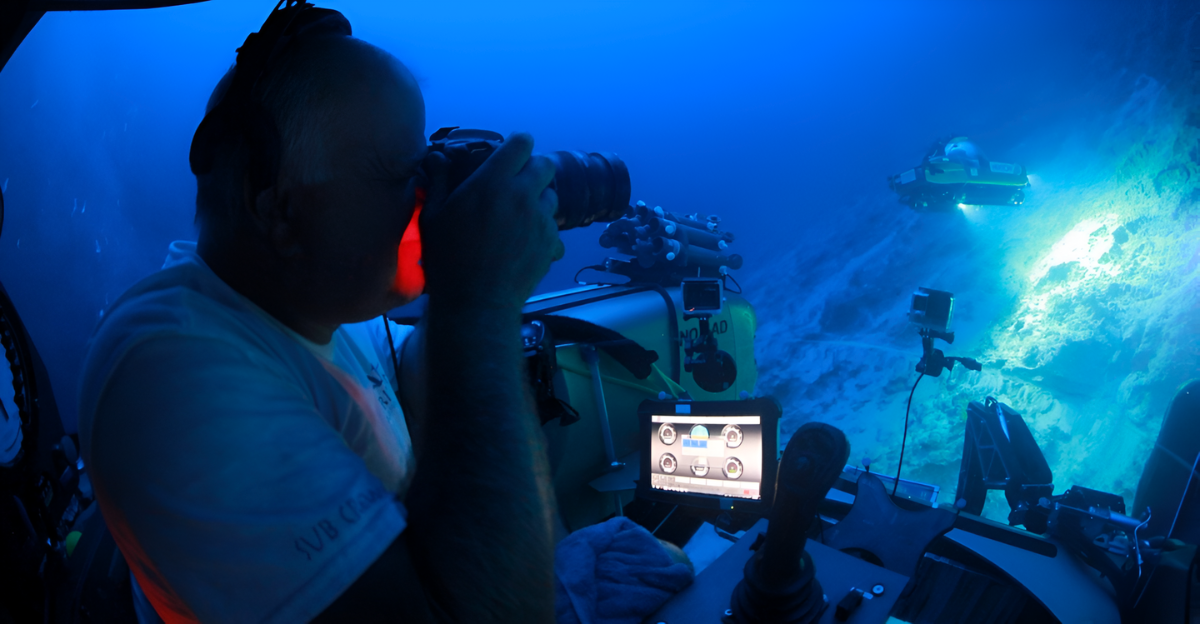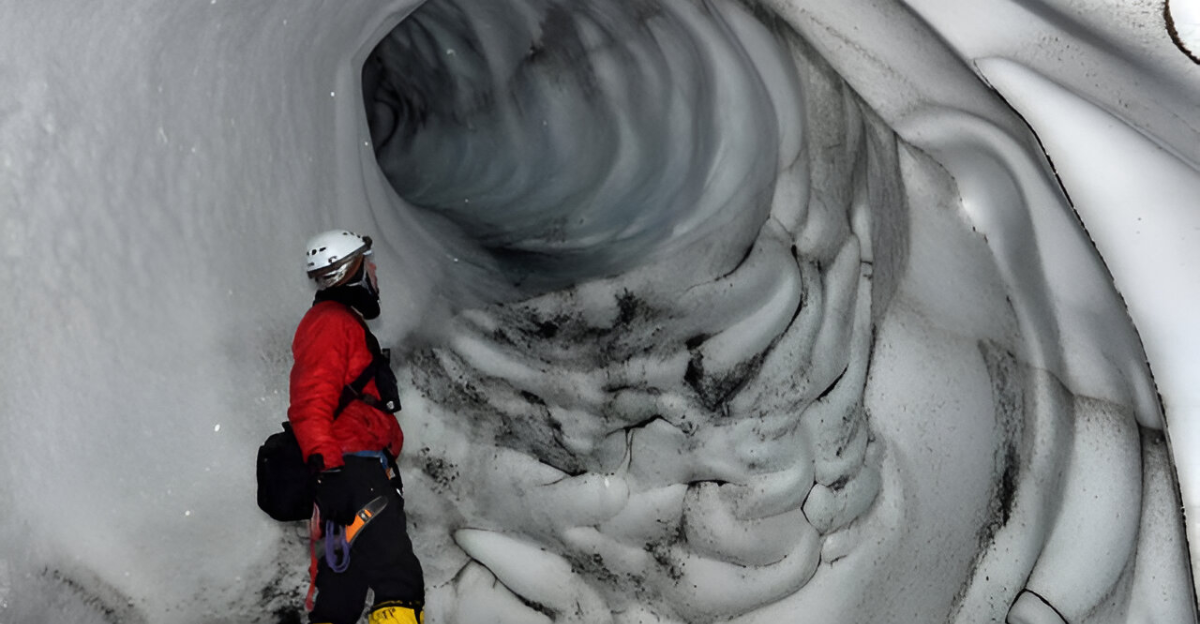
Hidden deep below the Earth’s surface are two gigantic structures that most people have never heard of. Known as large low-velocity provinces (LLVPs), these vast zones in the Earth’s mantle that rival continents in size.
These mysterious blobs, which have been baffling scientists with their unusual capacity to slow seismic waves, suggesting a composition unlike that of surrounding mantle material.
Stretching beneath Africa and the Pacific, the LLVPs challenge our understanding of Earth’s interior, suggesting a complex and multilayered inner world.
Their discoveries have opened new avenues for exploring Earth’s formation and the dynamic processes shaping its deep interior over billions of years.
The Mysterious Behavior of LLVPs
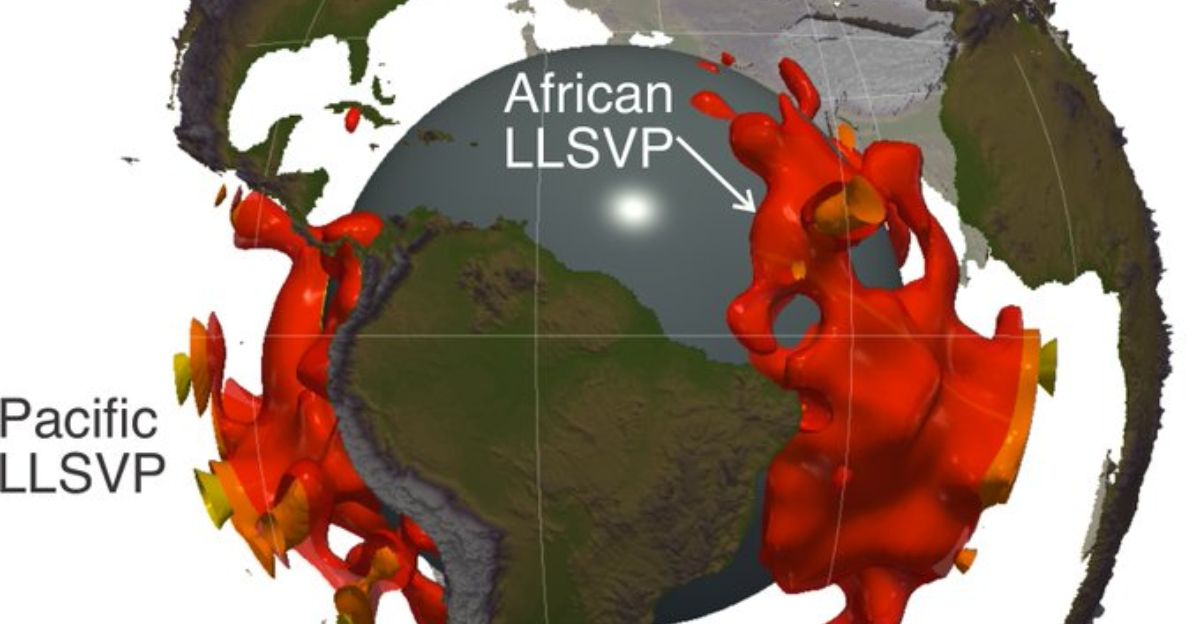
What sets LLVPs apart is their seismic signature: they slow down seismic waves that pass through them, hinting at a denser, compositionally unique nature. For years, scientists have debated their origin and why these structures behave so differently to the rest of the mantle.
Their density, estimated to be 2 to 3.5% greater than surrounding mantle, keeps them anchored near the core-mantle boundary.
This anomaly has led to the question of whether these blobs are relics of ancient planetary processes or remnants of long-lost material within Earth’s depths.
A Radical Theory: Remnants of an Ancient Planet
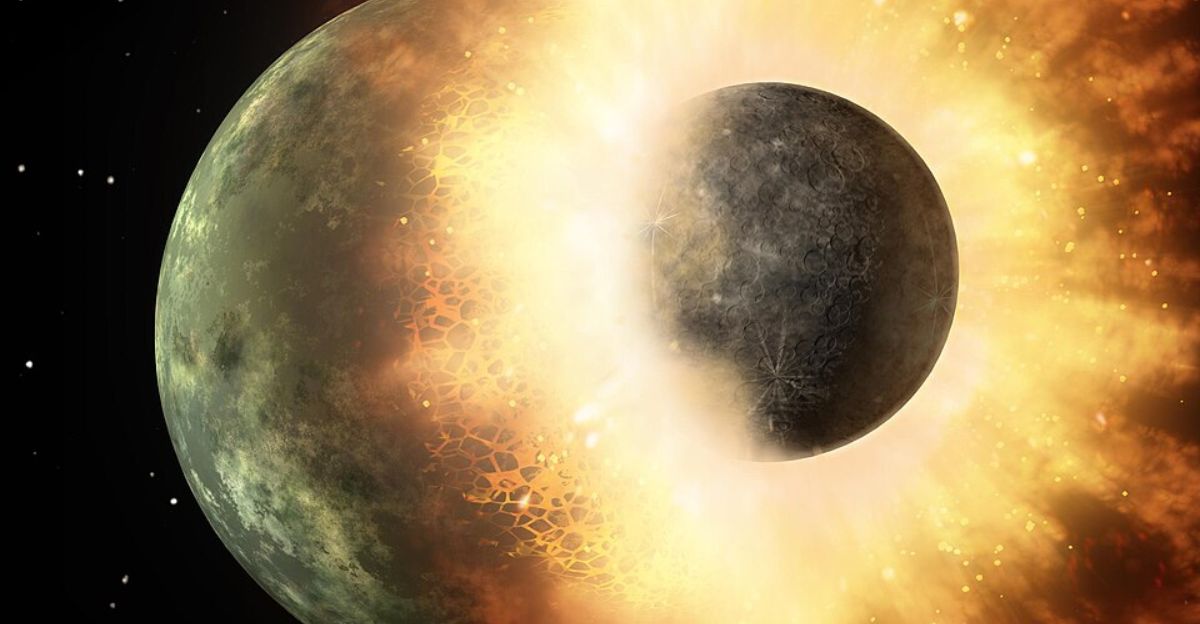
Now, a revolutionary new theory suggests that the LLVPs are not merely random mantle anomalies, but the hidden remnants of Theia, an ancient planet that collided with Earth billions of years ago.
This colossal impact is widely thought to have created the Moon, and yet what happened to Theia itself has remained a mystery.
According to researchers, chunks of Theia’s mantle would have merged with layers of Earth’s mantle, sinking deep into Earth and creating thedense LLVPs. This theory revolutionizes our understanding of the internal structure of Earth and its violent beginnings.
The Giant-Impact Theory and Earth’s Formation
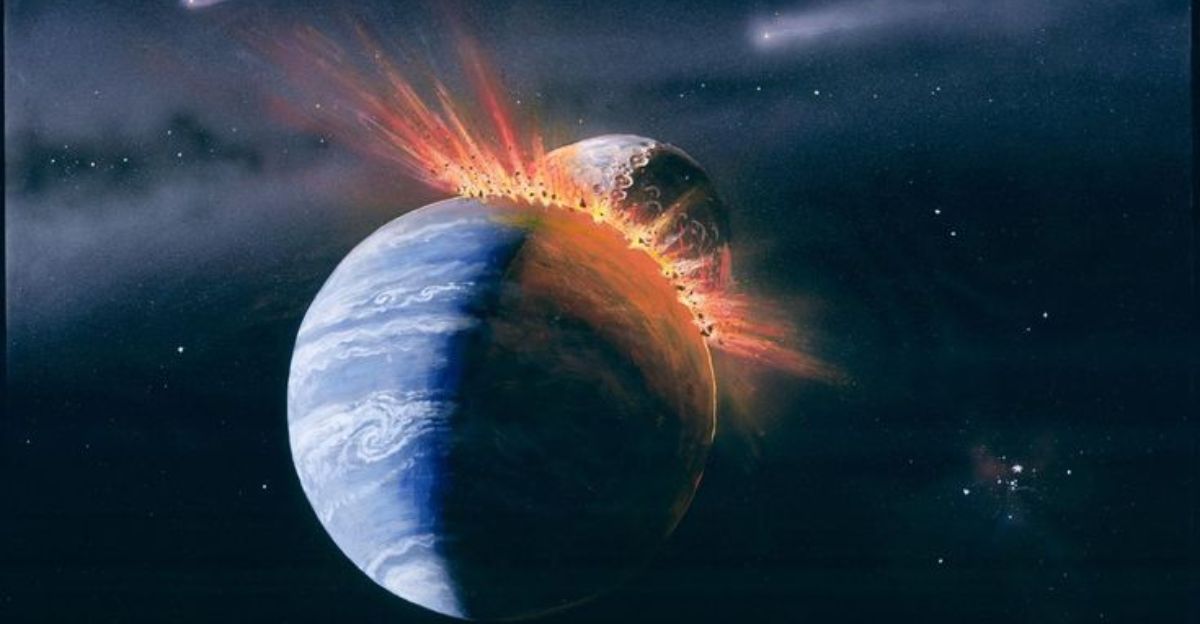
Theia’s collision with the early Earth was a cataclysmic event that shaped out planet’s trajectory. As debris from the collision came together to create the Moon, Theia’s mantle material fell into Earth.
Progressive simulations developed by researchers at Caltech show that this iron-rich material did not mix consistently, but settled into dense pockets creating the LLVPs.
This discovery links the Moon’s origin directly with the Earth’s deepest interior, bridging planetary formation with geological structures observed today.
Simulating the Cosmic Collision
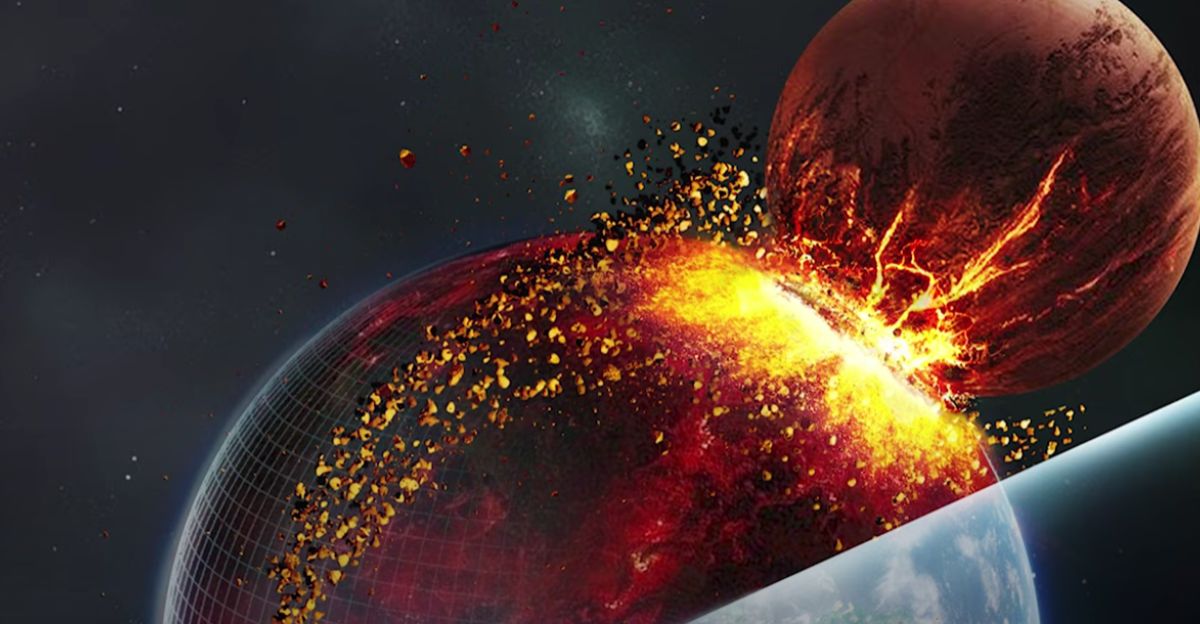
The group of researchers, which included geologists, geophysicists and geochemists, utilized the most advanced simulations to recreate the giant impact.
These models illustrate how the mantle fragments of Theia survived the powerful energy of the collision, and separated into stable, dense pockets in Earth’s lower mantle.
These fragments were insulated by the cooler lower mantle to sink and grow in size rather than mixing uniformly. This insight also accounts for the continued existence of LLVPs as ancient relic, remaining relatively stable under Earth’s surface for billions of years.
Implications for Planetary Evolution
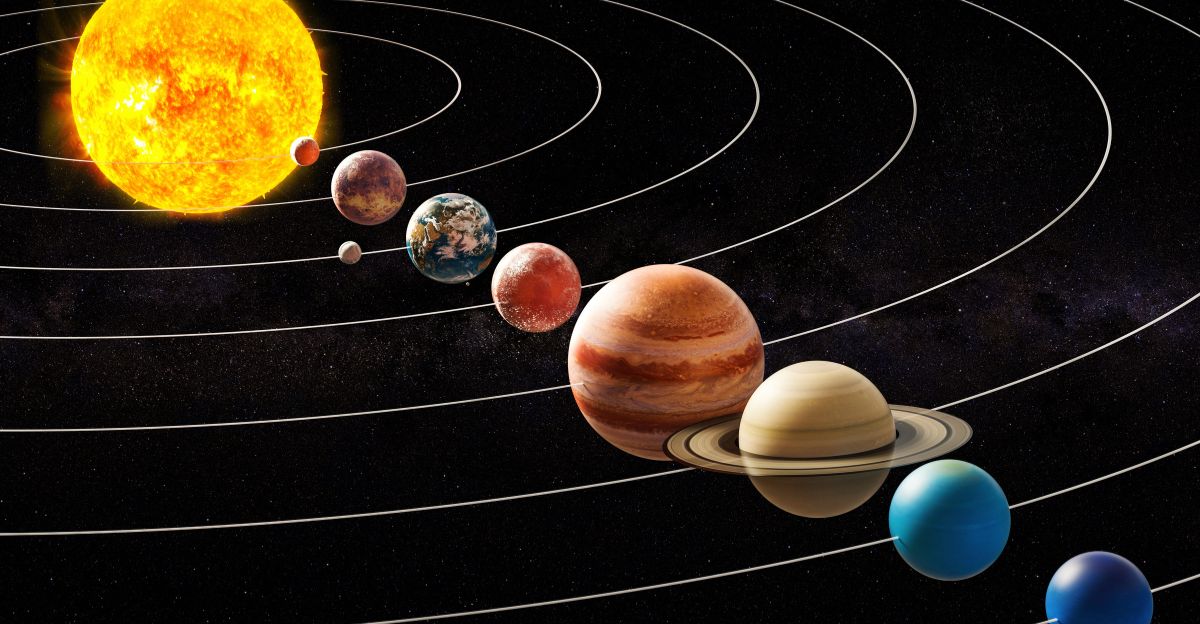
If LLVPs are indeed remnants of Theia, similar mantle heterogeneities might be common in other planets that underwent giant impacts during their formation.
The discovery has broad implications for understanding planetary evolution, including tectonic activity and the formation of continents.
The LLVPs may have affected Earth’s geodynamics through processes such as plate tectonics and even the magnetic field.
The Role of LLVPs in Earth’s Geodynamic History
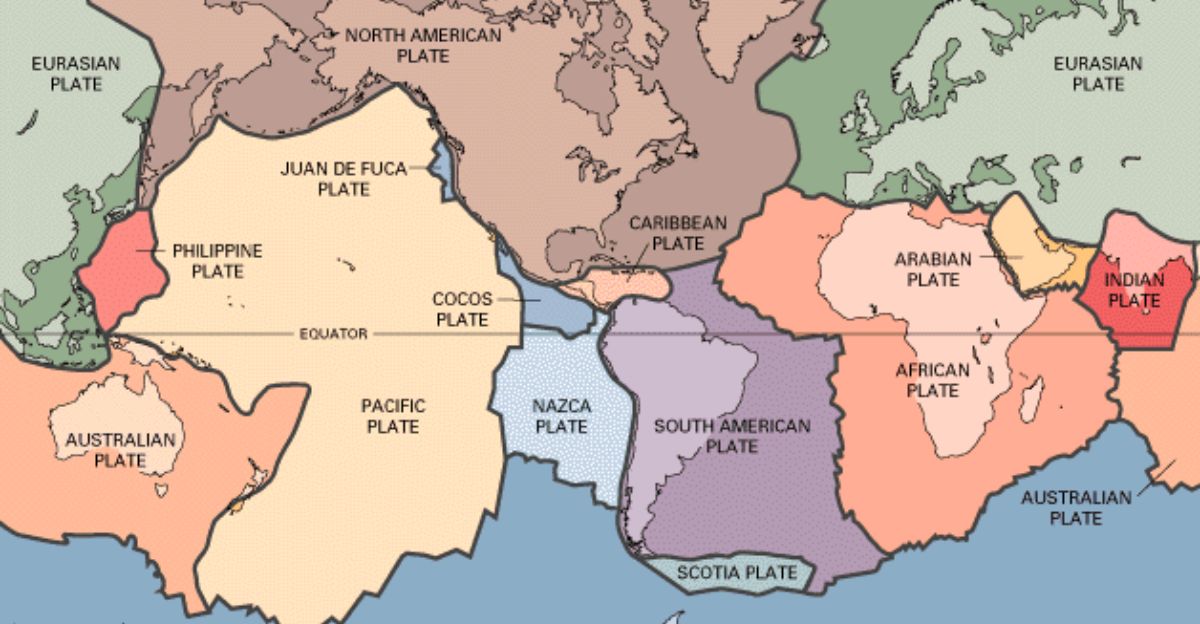
Beyond their origin, LLVPs may have been responsible for shaping Earth’s geological history. Their dense iron-rich composition may even have guided mantle convection patterns that would eventually push tectonic plates around and lead to continent formation.
Scientists have speculated that these ancient structures have subtly guided Earth’s evolution, influencing everything from volcanic activity to the stability of the planet’s magnetic field. Understanding the LLVPs therefore helps to reveal forces that have shaped Earth over billions of years.
A Multidisciplinary Approach to a Cosmic Puzzle
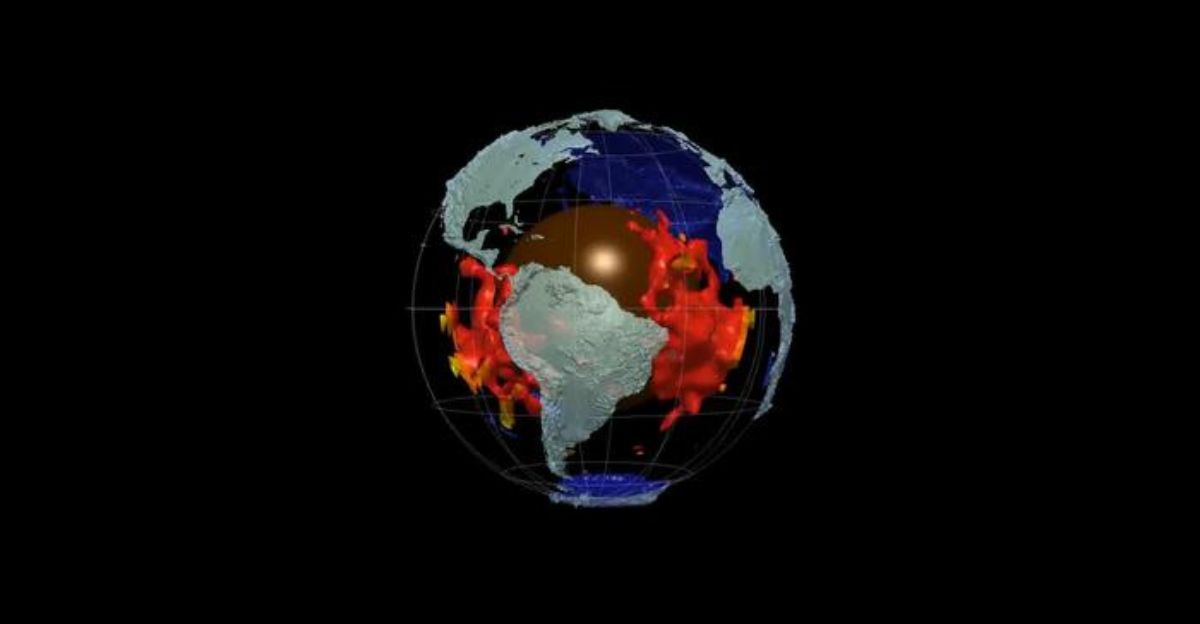
Identifying LLVPs as Theia’s remnants was made possible by collaboration across scientific disciplines. Geologists, geophysicists and geochemists collaborated and utilized state-of-the-art technology to simulate and study the effects of the impact on the mantle.
This integrative approach underlines the value of interdisciplinary research to solve the mysteries of complex planetary mysteries.
It also underscores how modern science can connect surface observations with deep Earth processes and ancient cosmic events.
The LLVPs: Silent Witnesses to Earth’s Violent Past
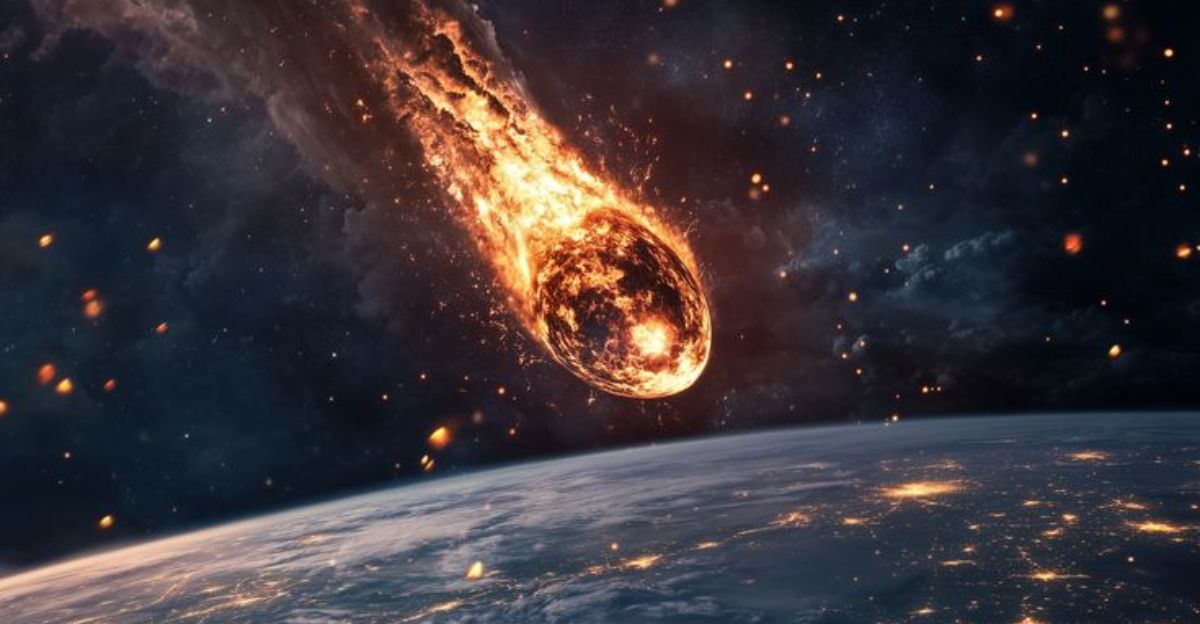
These gigantic mantle blobs serve as silent witnesses to a cataclysmic event that shaped our planet’s destiny. The presence of Theia’s material deep within the Earth reminds us of the interconnectedness of cosmic collisions and planetary formation.
Far from being inert blobs, LLVPs are a tale of destruction and renewal, revealing how a violent impact can leave lasting imprints on planetary interior. They invite us to rethink Earth’s history as a dynamic saga of cosmic encounters.
Probing Earth’s Inner Secrets
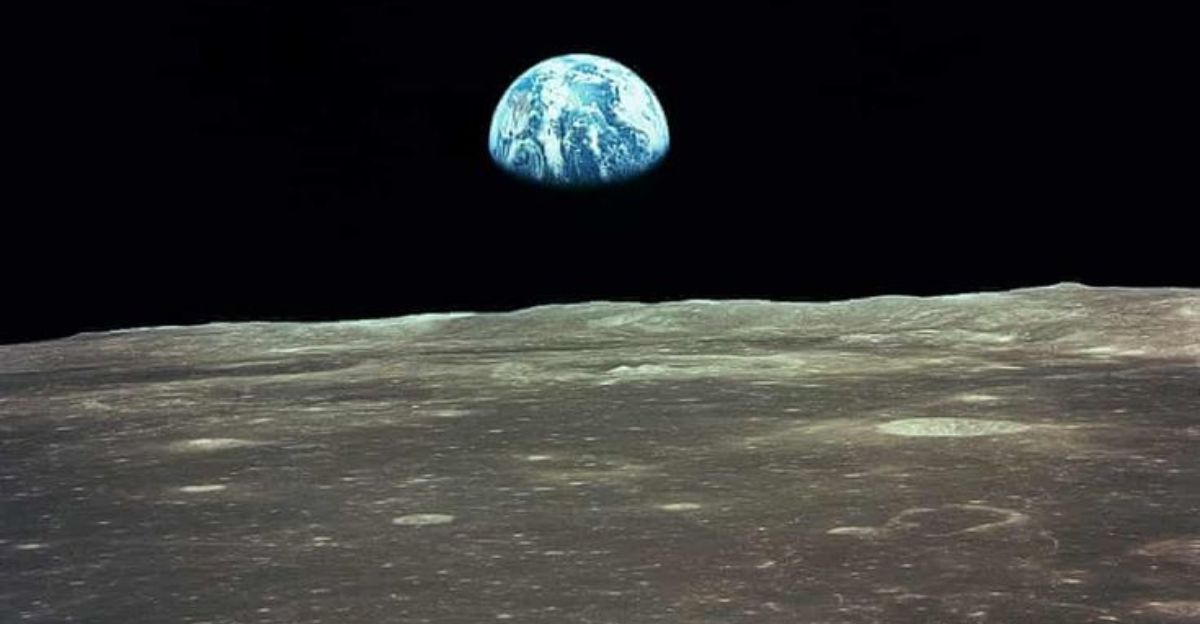
As research continues, LLVPs offer a promising new frontier in understanding Earth’s interior and its origins. Future studies may uncover how these deep structures influence surface phenomena and contribute to Earth’s habitability
The link between the Moon-forming impact and LLVPs presents new mysteries about planetary formation and evolution, encouraging scientists to explore other worlds for similar hidden relics. LLVPs stand as a testament to the enduring legacy of ancient planetary collisions within our own planet.



